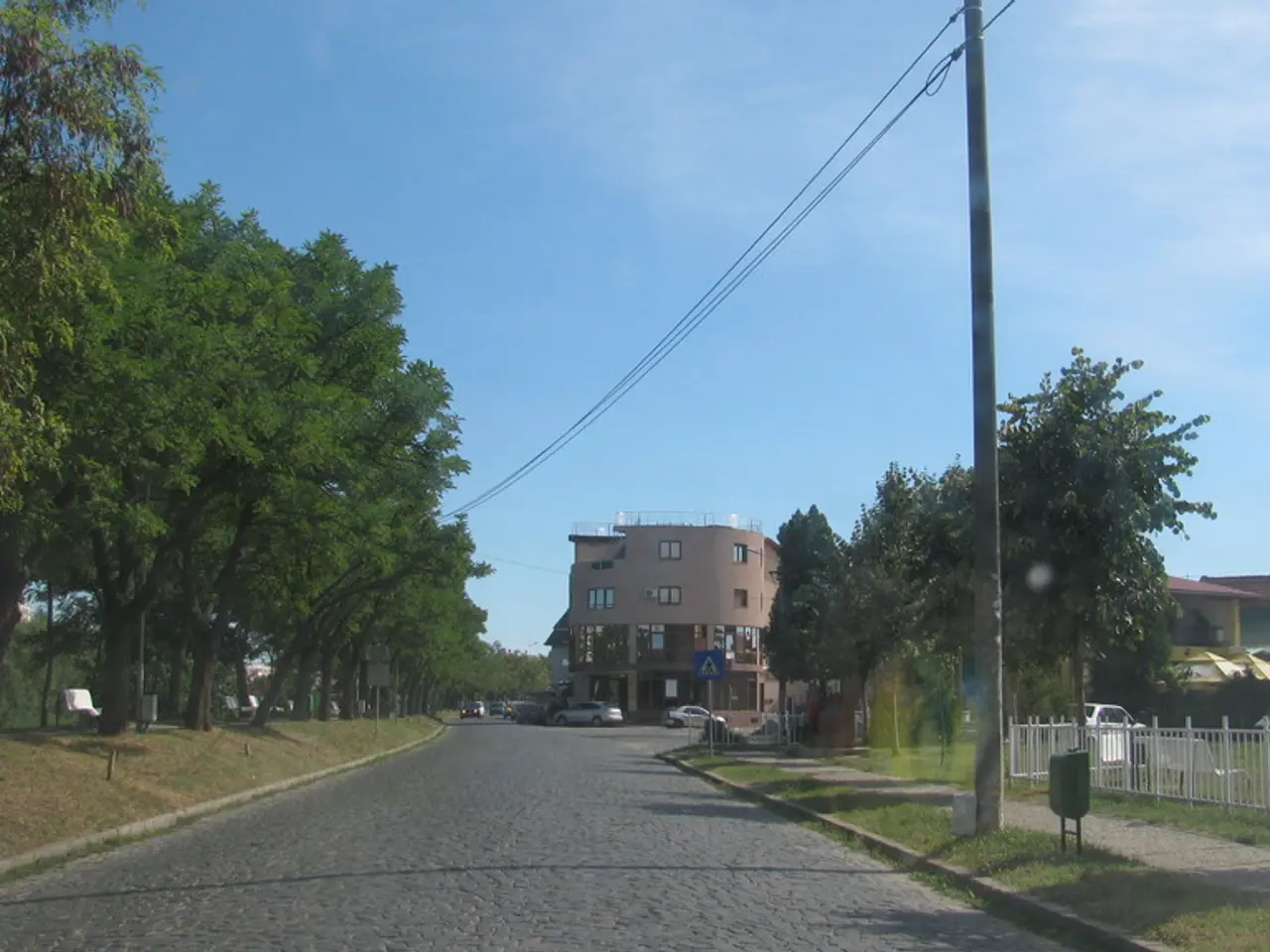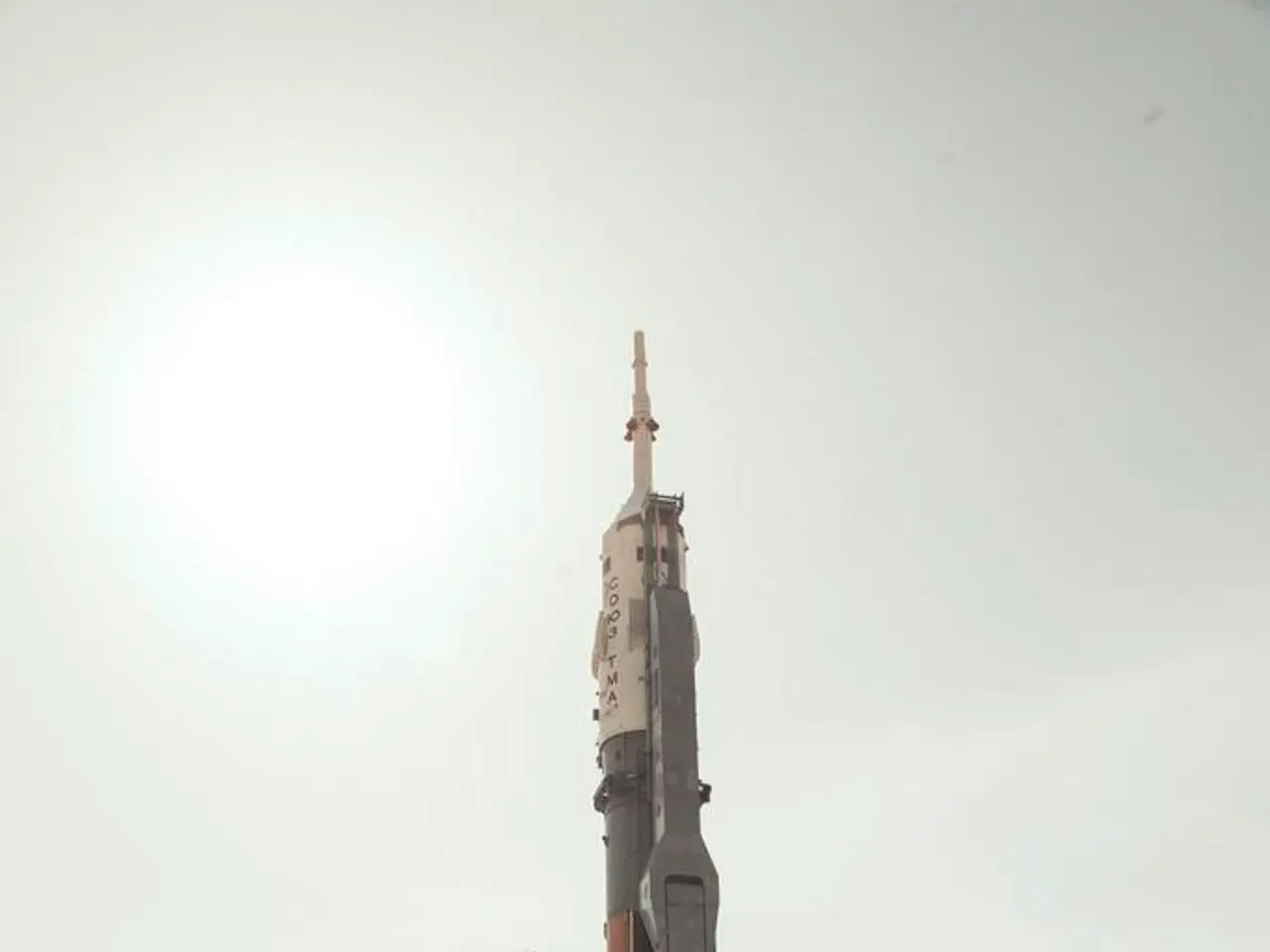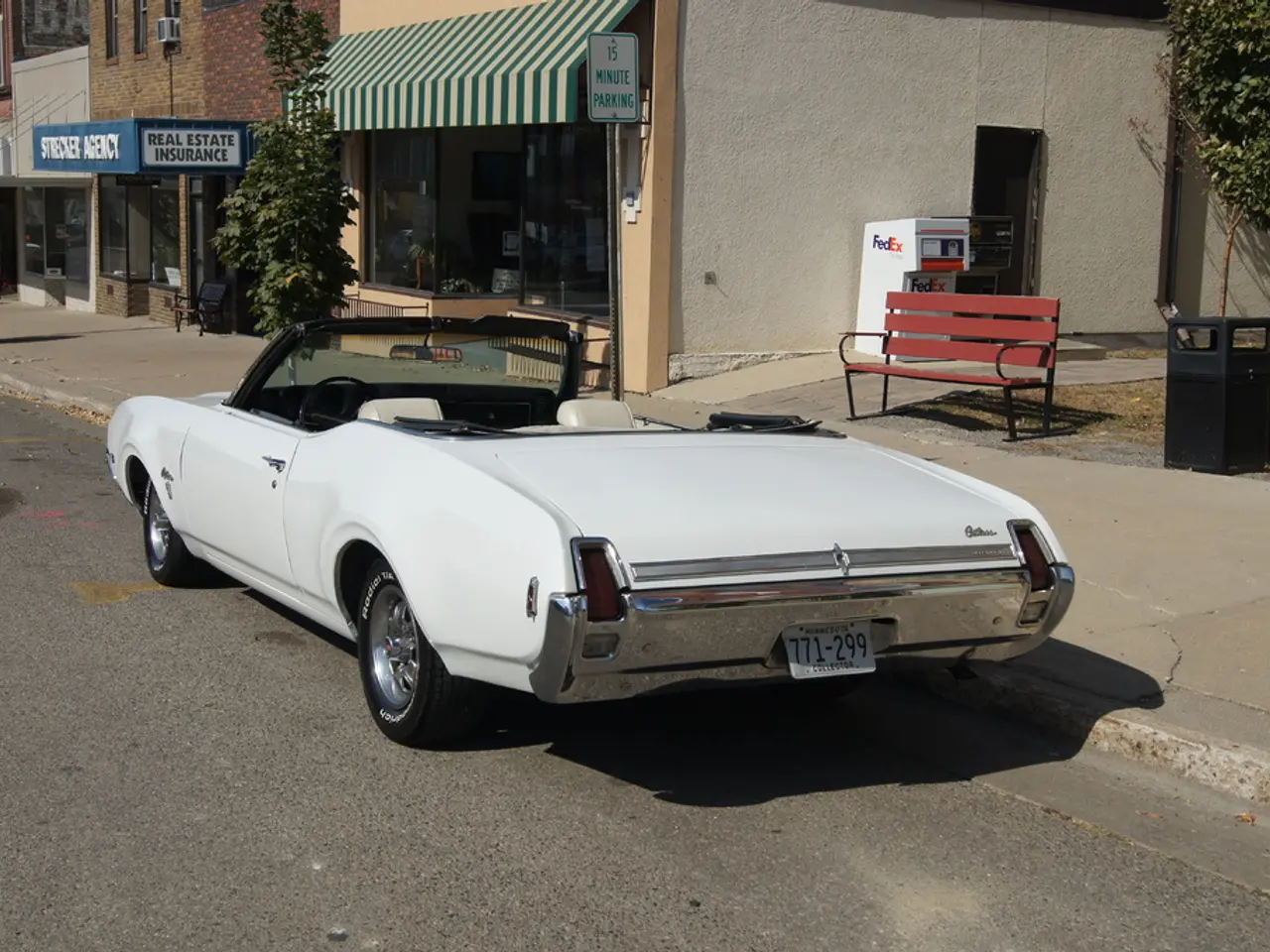Solar Vehicle Innovators at Stanford: Pioneers of Eco-Friendly Automobiles
Stanford Solar Car Project's New Model, Azimuth, Takes Second Place in 2025 Formula Sun Grand Prix
The Stanford Solar Car Project, a student-run and donation-funded initiative focused on sustainable technology, has made a significant achievement with their latest creation, Azimuth. Completed in the summer of 2024, Azimuth was actively raced in 2025 events, securing second place in the Single Occupant Vehicle Class at the prestigious Formula Sun Grand Prix held in July 2025 at the National Corvette Museum Motorsports Park in Bowling Green, Kentucky.
Azimuth covered an impressive 667.8 miles over three days, completing 212 laps. This impressive performance is a testament to the team's successful engineering and teamwork. The Formula Sun Grand Prix serves as a major annual platform for university solar car teams to race and test their vehicles, making this achievement all the more significant for the Stanford Solar Car Project.
The project's initial plan was to unveil Azimuth in mid-July 2022. However, there is no detailed update available from that exact date. It appears that the project took more time than anticipated, culminating in the car’s completion and competition appearances starting mid-2024 onward.
The mechanical team is responsible for the chassis, suspension, and mechanical subsystems of Azimuth. They are constantly reviewing their designs with Tesla, Joby, and Lucid Motors. The array team at Stanford University has made significant progress in designing and analyzing module layouts for the solar car. They have collaborated with Alta devices and have finalized their array design.
The electrical team is grateful to Sierra Circuits for wrapping up the vehicle computer. They have prototyped a potentiometer-based throttle and updated the steering wheel PCB. The battery team is working on a stable race-oriented design. The team is also appreciative of the contributions made by the battery team towards the design of the test pack for the solar car.
The mechanical team's manufacturing will start this spring. The electrical team has completed a controller board with five light controllers. There is a case study available on the design of a motor control board. The solar car project at Stanford University primarily focuses on sustainable technology, and it is divided into different teams that work together to build the prototype.
In 2017, the team developed a solar car named Sundae, featuring an asymmetrical catamaran aerobody. The mechanical team is currently running tests on their new carbon fiber for the car's aerobody. The new solar car model from the Stanford University team will be unveiled in mid-July this summer.
The Stanford Solar Car Project continues to push the boundaries of sustainable technology, demonstrating their commitment to innovation and excellence. With Azimuth's impressive performance in the 2025 Formula Sun Grand Prix, the team is poised to make even more significant strides in the future.
[1] Stanford Solar Car Project. (n.d.). About. Retrieved from https://solar.stanford.edu/about/
[2] Stanford Solar Car Project. (n.d.). News. Retrieved from https://solar.stanford.edu/news/
The Stanford Solar Car Project, with its focus on sustainable technology, has demonstrated a strong connection to science and technology. The team's achievement at the 2025 Formula Sun Grand Prix, where sports and competition played a significant role, showcases the intersection of these fields. Furthermore, the team's collaborations with notable companies like Tesla, Joby, Lucid Motors, and Alta Devices in both their mechanical and electrical designs hint at the synergy between academia and industry in driving innovation.



